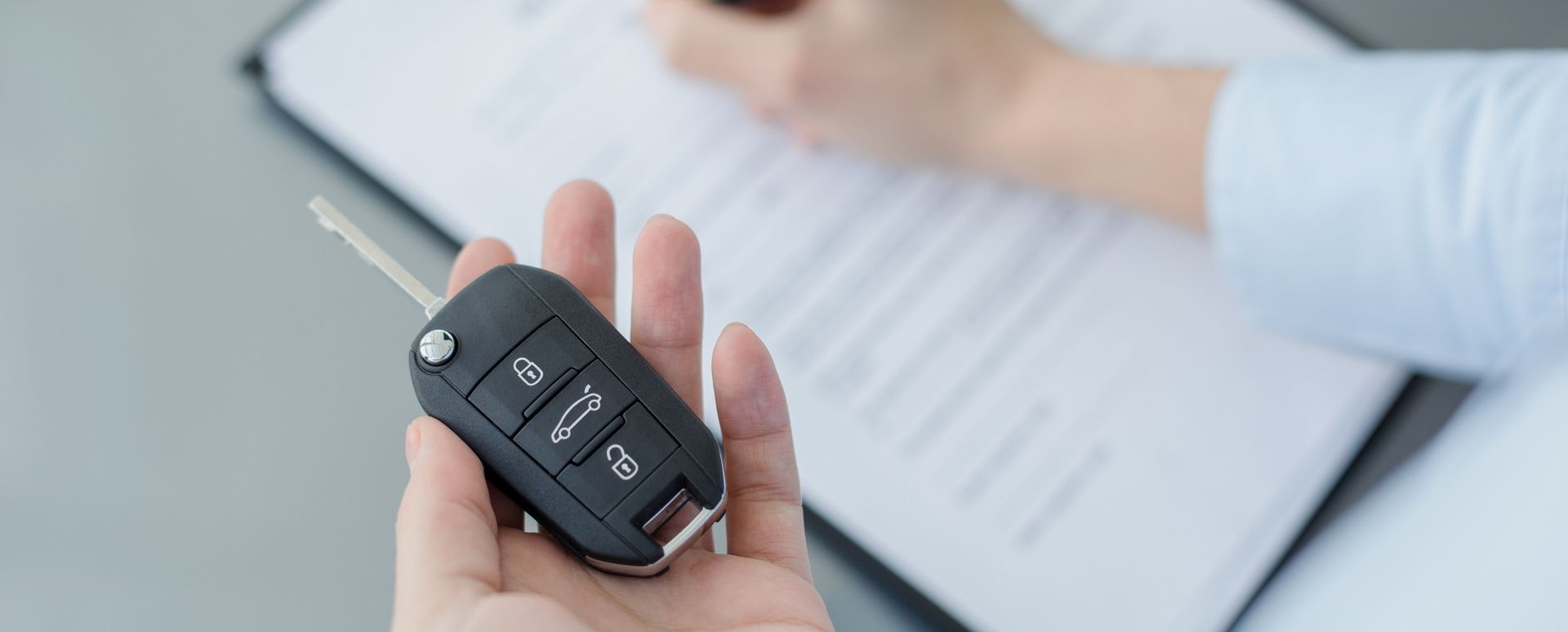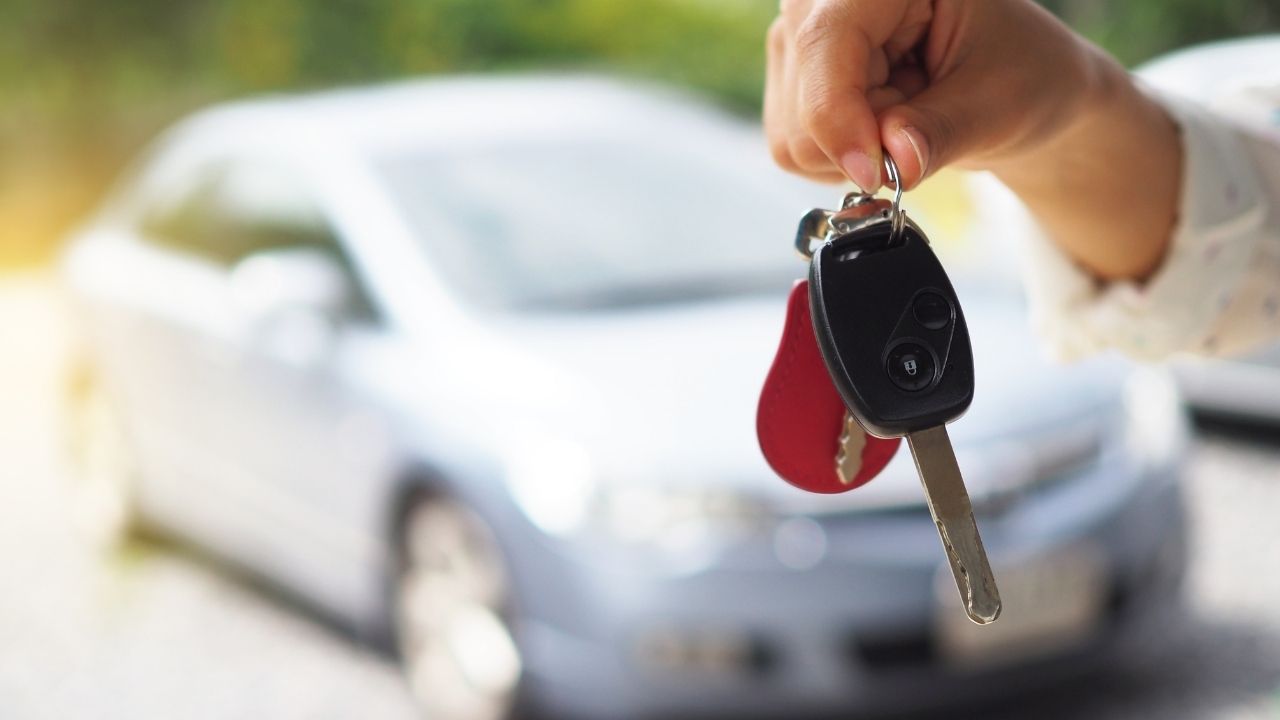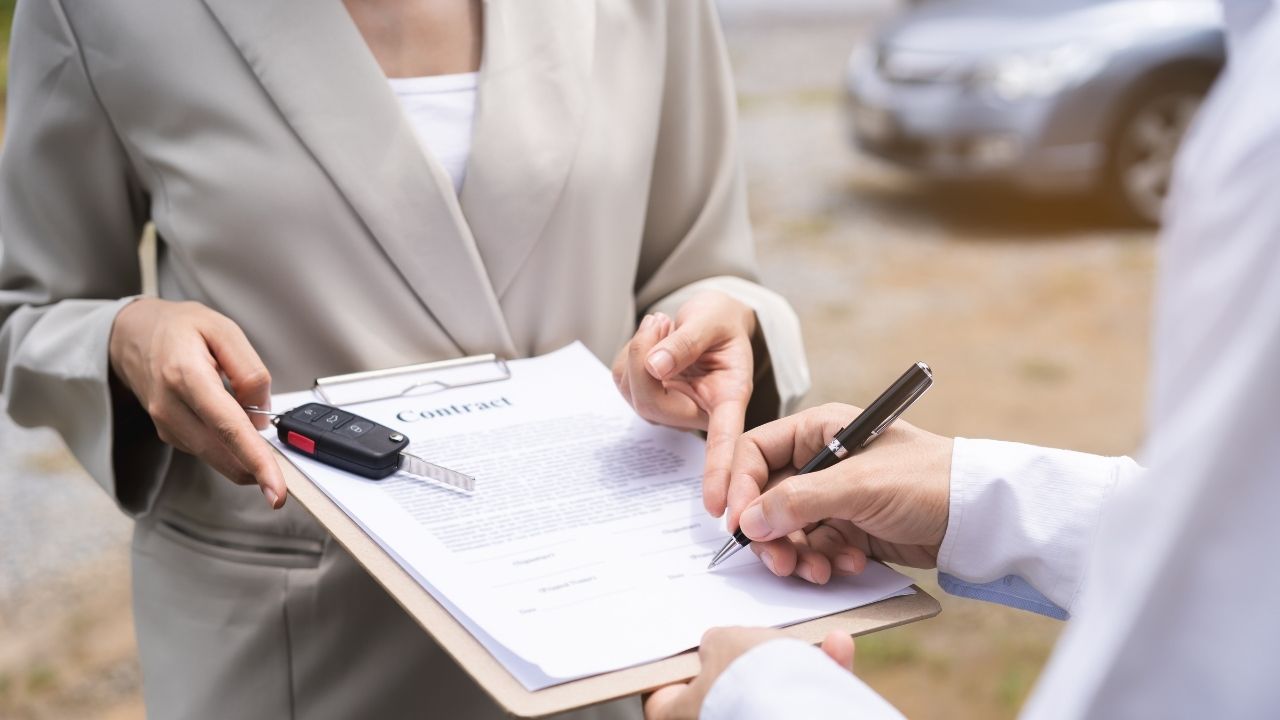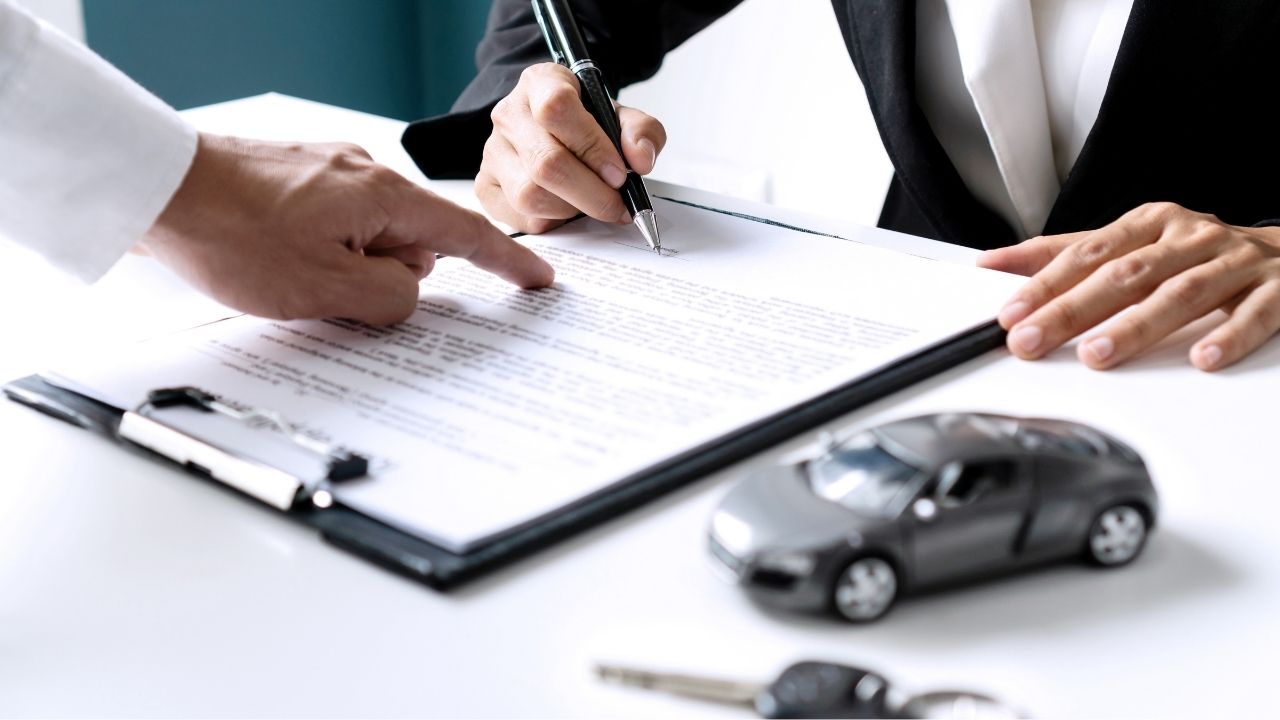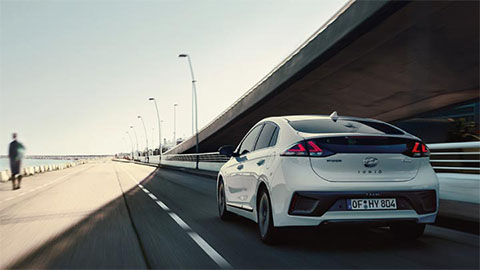The Step-by-Step Guide: How to Transfer Car Ownership
10th Jan 2025
Whether you’re selling your vehicle or handing it over to a family member or a friend, the process of transferring ownership of a car has a few steps that must be followed.
Overlooking one of these requirements could mean that even though the vehicle is in possession of a third party, legally, it’s still registered under your name, and therefore you’re still liable for anything that happens to it.
This guide will walk you through the steps you need to take in order to make sure your transfer is legally valid.
Contents
- How to transfer ownership to another person
- How to transfer ownership of a car online
- How to transfer ownership of your car by post
- How to transfer ownership of your car to a scrapyard or dealership
- Frequently Asked Questions
How to transfer car ownership to another person
Changing ownership of a car is quick and easy. Follow the three simple steps listed below to make sure the transfer is complete, and the liability is transferred to the new keeper of the car.
Step 1: Check who’s the owner and the keeper of the vehicle
Finding out who’s the owner and keeper of the vehicle is crucial to this process. Generally speaking, the owner of the vehicle and the keeper are the same person, but there are circumstances where this can vary.
For example, the owner of the car is the person or entity that has ownership of the vehicle, even though this sounds obvious, sometimes the person who uses the car on a regular basis doesn’t own it. If you’re driving a company car, the business will be the legal owner, and you will be registered as the keeper.
The name of the keeper will be disclosed on V5C Logbook, so it should be easy to find out who’s the car’s legal keeper if you’ve kept the all the documents in order.
Step 2: Transfer the V5C
In order to transfer ownership of a car, you have to fill out a new V5C document and send it to the DVLA. Then, a new V5C will be issued under the new keeper’s name.
When filling out the transfer V5C, make sure you update the vehicle’s new keeper information, with name and address, in the green slip. After updating the information, detach the slip and give it to the new owner.
You could also fill out the vehicle’s mileage information, in a dedicated section, to prevent mileage fraud.
Step 3: Finish the transfer
There are, currently, a couple of ways you can finish transferring the car ownership: online and by post. Both ways are simple to complete but submitting the application online could result in a quicker reply.
How to transfer ownership of your car online
The DVLA allows the process of transferring ownership of a vehicle to be completed online. There’s a form to fill out on the gov.uk website, and you’ll need to provide the new owner/keeper’s information along with the V5C 11-digit reference number.
After submitting the form, you’ll receive an email from the DVLA confirming that the new information has been processed and that the ownership is now under the new keeper/ owner’s name. If you choose to include the new owner’s email address, they will receive this confirmation as well.
The DVLA will send a physical copy of the new V5C to the new owner’s address. You’ll be responsible for returning the old V5C document to DVLA by post.
How to transfer ownership of your car by post
If you choose to do this process manually and send it by post, you’ll need to fill out a couple of sections that were left blank on your V5C.
Information regarding the new keeper, such as their address, will be filled out on section 6 of the form. After that you’ll need to complete the declaration in section 8, sign it and ask the new keeper to sign it as well.
Before putting the form in the envelope, make sure all the information is correct, and don’t forget to detach the green slip to give to the new owner.
How to transfer ownership of your car to a scrapyard or dealership
Transferring the ownership of a car is a requirement, even if you decide to scrap it or sell it to a dealership. The section of the V5C you’ll need to complete, however, is different to the one you'd use if you were selling the vehicle to an individual.
Fill out section 9 of the V5C logbook and separate it from the rest of the document. Send the section 9 to the DVLA and give the remaining of the document to the scrapyard or dealership.
Learn more about vehicle’s documentation with Evans Halshaw
Whether you’re looking to sell your car, give it to a family member, or just take it to a scrapyard, it’s crucial to fill in the correct part of the V5C before sending it off.
If you're looking to sell your vehicle, we offer a free, no obligation quote through our Sell Your Car service.
If you need more information about what documents you’re required to sell your car, access Evans Halshaw Blog. There you’ll find guides and tips on selling cars.
Frequently Asked Questions
If you don’t have access to your vehicle’s V5C document, it’s still possible to sell it or transfer ownership. In this case, you will have to find a way of proving you own the vehicle you’re trying to sell with a document such as the bill of sale.
It’s important to provide this document, as the new owner will be able to apply for a new logbook and register as the new keeper, making you no longer liable for the vehicle.
In case of death, you’ll need to write a letter explaining your relationship to the person who died and fill in the V62 form (which will allow you to apply for a new V5C logbook). When you finish filling out the documents, send them to the DVLA Sensitive Casework and pay the £25 fee.
It can take up to five days for a new V5C logbook with the new registered keeper’s information to be issued.

